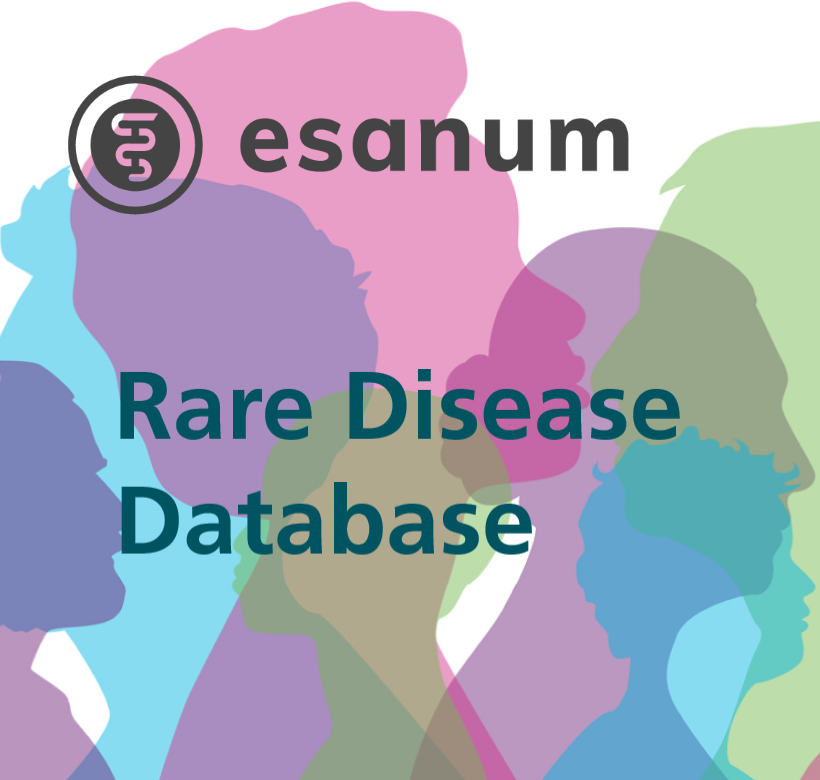- https://www.kyowakirinhub.com/de-de/therapiebereiche/phosphat-dysregulation/x-chromosomale-hypophosphatamie
- Lo, S.H., Lachmann, R., Williams, A. et al. Exploring the burden of X-linked hypophosphatemia: a European multi-country qualitative study. Qual Life Res 29, 1883–1893 (2020).
- Haffner D, et al. Clinical practice recommendations for the diagnosis and management of X-linked hypophosphataemia. Nat Rev Nephrol. 2019 Jul; 15 (7): 435-455. doi: 10.1038/s41581-019-0152-5.
- Lee JY, Imel EA. The changing face of hypophosphatemic disorders in the FGF-23 era. Pediatr Endocrinol Rev. 2013 Jun; 10 Suppl 2 (0 2): 367-79. PMID: 23858620.
- OrphaNet: X-linked hypophosphatemia search page. Last accessed on 02.03.2023
- Skrinar A, et al. The Lifelong Impact of X-Linked Hypophosphatemia: Results From a Burden of Disease Survey. J Endocr Soc. 2019 May 7; 3 (7): 1321-1334. doi: 10.1210/js.2018-00365.
- Saraff V et al. New Developments in the Treatment of X-Linked Hypophosphataemia: Implications for Clinical Management. Paediatr Drugs. 2020 Apr; 22 (2): 113-121. doi: 10.1007/s40272-020-00381-8.
- Linglart, A. et al. (2014). Therapeutic management of hypophosphatemic rickets from infancy to adulthood. Endocr Connect, 3(1), R13-30. https://doi.org/10.1530/EC-13-0103.
- https://register.awmf.
org/de/leitlinien/detail/174- 008
XLH - Symptoms and treatment
A gene mutation can trigger XLH - a rare, life-long progressive disease. Skeletal deformities, dental problems, and microsomia are just some of its many symptoms. How to treat it?
The X-linked hypophosphataemia (XLH)
Causes and pathophysiology
The genetic disease XLH is caused by inactivating mutations in the PHEX gene. Although these are inherited in a chromosomal dominant manner3, the disease occurs spontaneously in one third of patients without any known family history.1,4 The result of the gene mutations is an excessive concentration of circulating FGF23. This leads to hypophosphataemia and impaired mineralisation of bones and teeth.2
Epidemiology
XLH, also called phosphate diabetes, is the most common form of hereditary hypophosphataemia. The prevalence is about 1/20,000. Although there is a gender difference in terms of inheritance, the disease affects both biological sexes equally.5
Symptoms
XLH manifests itself in a variety of symptoms. In the first two years of life, it is manifested by the typical features of rickets, i.e. deformity of the lower limbs (rachitic rosary, shorter lower legs, genu varum5), bone pain and impaired growth. In addition, delayed walking and an abnormal gait may indicate XLH.1,3,5,6
Both children and adults have dental anomalies such as caries, abscesses or abnormal enamel. Thickened parietal and frontal bones sometimes lead to cranial anomalies.1,5
Osteoarthritis of the lower limbs, mineralising enthesiopathy, and osteophyte formation are common in adult affected individuals. In rare cases, hearing loss has been observed.5
These initial symptoms, if left untreated, can result in conditions affecting multiple body systems, some of which do not become apparent until early adulthood, including fractures, fatigue, osteomalacia, and reduced muscle strength and function.1,6
Diagnosis
It can sometimes be difficult to recognise XLH, and the diagnosis can take years. This is because the numerous symptoms can also indicate other diseases, so some differential diagnoses are essential.
The clinical findings of osteomalacia, lower limb deformities, short stature, dental anomalies, and other skeletal defects can often be attributed to phosphate diabetes.3
Diagnostic biochemical markers that should be checked when XLH is suspected include serum phosphate, urinary phosphate level, serum calcium, urinary calcium, and serum parathyroid hormone, 25-hydroxy- and 1,25-dihydroxyvitamin D, as well as tubular maximum phosphate reabsorption (TmP/GFR) and urinary calcium/creatinine ratio.3
X-ray examinations can diagnose osteomalatitic lesions, fractures, as well as pseudofractures. In addition, the diagnosis can be confirmed by family history and genetic testing. In affected individuals with a negative family history, confirmation of the XLH diagnosis by PHEX gene analysis is recommended.7
A relevant differential diagnosis includes tumour-induced osteomalacia, vitamin D deficiency, renal Fanconi syndrome, fibrous bone dysplasia, autosomal dominant hypophosphataemic rickets (ADHR), autosomal recessive hypophosphataemic rickets (ARHR) and hereditary hypophosphataemic rickets with hypercalciuria (HHRH).5
Treatment and prognosis
Because XLH is a progressive, often severely debilitating, and multifactorial disease, it requires management by a multidisciplinary health care team.1,8
The goal of treatment is to improve growing, reduce bone or joint pain, and prevent skeletal deformities that result from rickets. Affected individuals do not respond to vitamin D supplementation. If XLH is diagnosed in childhood, treatment follows S1 guidelines for Hereditary hypophosphataemic rickets with targeted antibody therapy for XLH with PHEX mutation detection/positive family history.9
Since the approval of burosumab as an FGF23 antibody, a targeted therapeutic approach is available for children from 2 years of age and adolescents in the skeletal growth phase with X-linked hypophosphatemia (XLH) with radiographic evidence of bone disease.9 If this treatment is not given, sometimes corrective surgery of skeletal deformities must take place.5
Complications that can be observed during therapy are nephrocalcinosis and hyperparathyroidism. This requires frequent follow-up.5
If consistent treatment is given, the prognosis for those affected by XLH is good. It is particularly important that a diagnosis is made as early as possible, which is why paediatricians should be aware of this rare condition. Skeletal deformities can be managed if intervened in time, but growth rates usually remain subnormal.5
Interdisciplinary medical collaboration needed
Because XLH is often unrecognised in childhood and the clinical manifestations of phosphate diabetes in adults are not easily attributed, awareness of the rare disease among healthcare professionals is essential.1 Pain, fatigue, and stiffness in young adults, if they occur in conjunction with other symptoms listed above, should be considered as warning signs of potential disease with XLH.1
Interdisciplinary cooperation is necessary for a comprehensive awareness of the disease. A platform for exchange between those affected and doctors must therefore be created. A first step is the virtual exhibition "Shine a light on XLH", which tells the personal stories of patients with phosphate diabetes.
References:
Rare Disease Day
